This penitentiary in the Netherlands was built on the idea that light offenses and crimes should not be treated severely. Instead, perpetrators of less serious crimes should be given another chance without destroying their spirit in a strict prison environment. Cells were comfortable and not small, guards were lightly armed, and prisoners could freely move around the building as well as within a limited amount of outside space. Bijlmerbajes is often associated with the term humane prison.
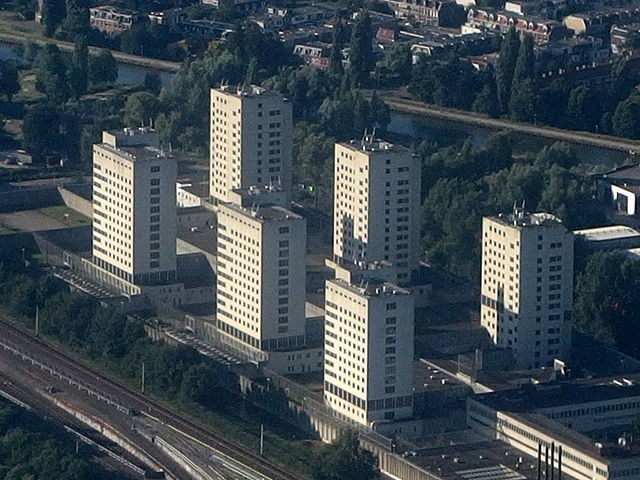
When the prison was opened, the windows of the building had no bars. But soon after the opening day, a prisoner “performed an experiment” which concluded that the glass windows were far from unbreakable. Following this incident, iron bars were fitted to compensate. The official name of the penitentiary was Penitentiaire Inrichting Over-Amstel, but it was also sometimes referred to as Penitentiaire Inrichting De Stadspoort or Penitentiaire Inrichtingen Amsterdam. Its popular name, Bijlmerbajes, is the strangest of them all as it is partially illogical. Bijlmermeer is a neighborhood close to the prison and a big construction project was going on while the prison was being built. So a journalist decided to add the suffix bajes (a Dutch slang term for prison) to the first half of the name of the neighborhood and created a unique name that soon caught on.
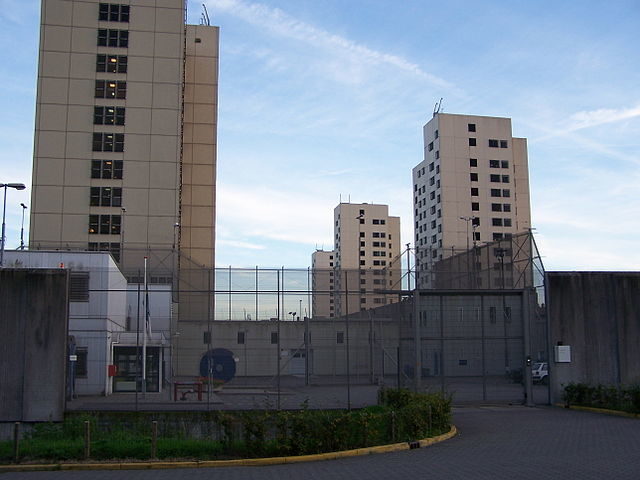
The penitentiary consists of six different tower buildings, all of which functioned and operated as separate prisons that specialized in housing different types of prisoners. The six towers were connected with a 260 meter (850 feet) corridor called Kalverstraat. In front of the towers, there are six outside areas for the prisoners daily outdoor walks, one for each tower. There are also three sports centers, one to be used per two towers. One big building at the front of the complex served as a kitchen, visitor reception area, and central administration building. As with many prisons, Bijlmerbajes also had one multi-faith chapel, available to all inmates.
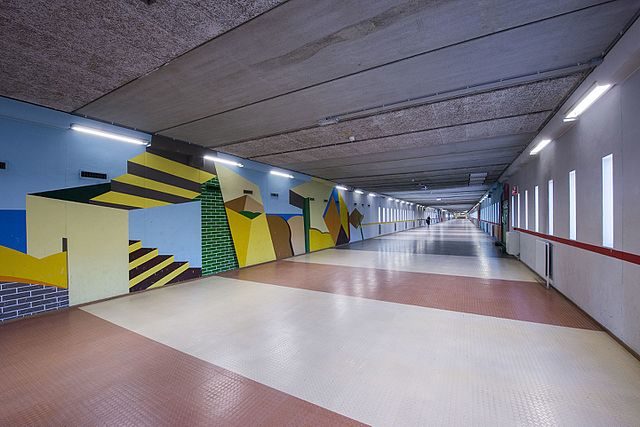
Every tower was 14 stories high and each department (or pavilion, as they were called) had two floors that were connected with open stairs. Moving up and down in the building was also possible with the use of elevators. There were two large elevators used for the transport of prisoners, and a smaller one for the use of staff members. Under any normal circumstances, staff and prisoners were not to share elevators.
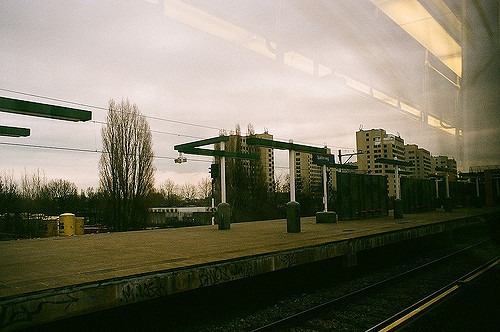
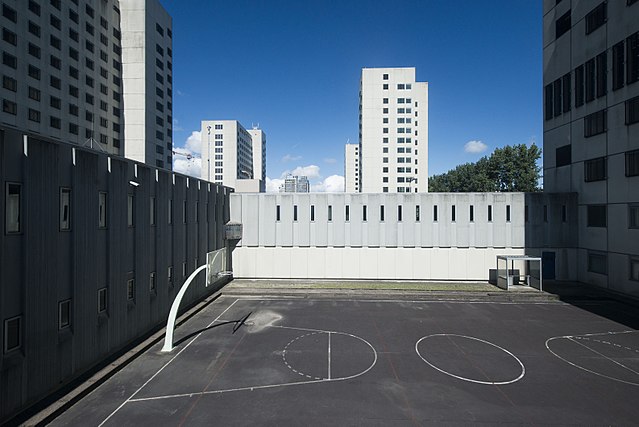
The tower prisons were mostly standard Huis van Bewaring (HvB) penitentiaries. This means they were mostly prisons for people awaiting sentencing or trial, or for people sentenced to a short jail term of up to six months.
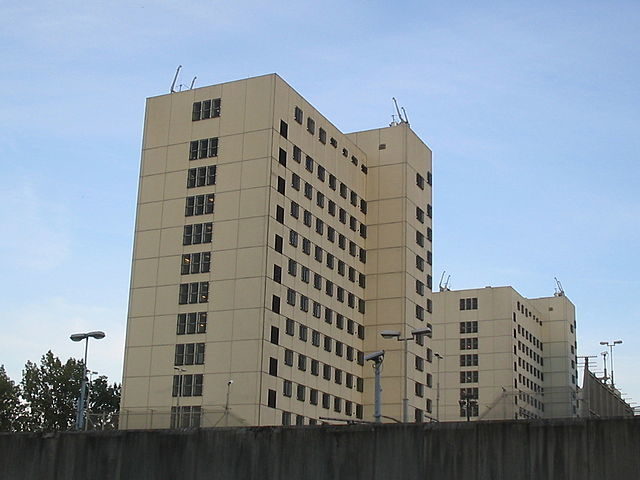
The daily schedule in all six different pavilions was roughly the same. A daily rehabilitation program kept prisoners engaged from 9 am to 4 pm, with free time for sports activities in the afternoon. There was also a chance for prisoners to earn money whilst inside–they could earn around 20 euros per week if they performed simple jobs in the workshop. People not working would stay locked in their cells during this time. Special care facilities were also part of some of the towers that housed special-needs prisoners.
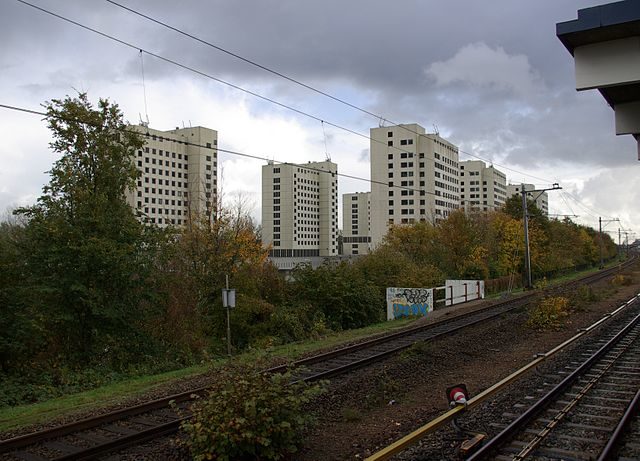
The prison was closed in June 2016. The Dutch government recently decided to open the doors of this disused facility for refugees. With little or no intervention, depending on the space, the interior of these six big towers will be reorganized to be a temporary home to the thousands of refugees coming into the Netherlands.
